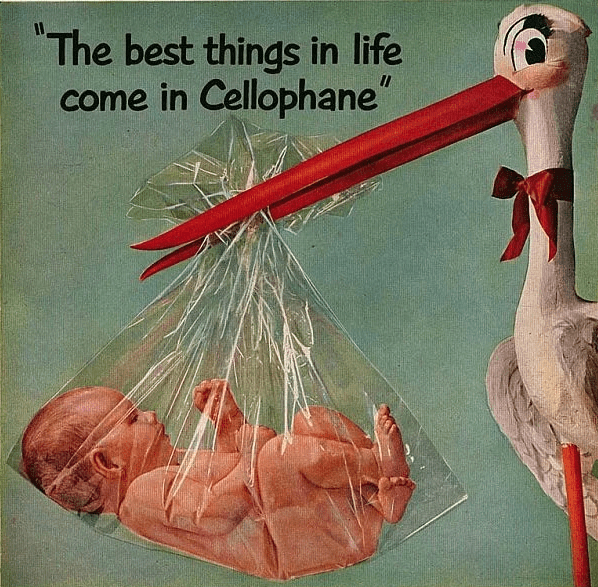A millennium and a half before Christ, the Olmecs in Mexico were kicking around balls made of a natural polymer – rubber.
In the 18th Century the first European, French explorer Charles-Marie de La Condamine, stumbled upon the rubber tree in the Amazon basin.
The story of plastics goes back earlier even than the Olmecs, in fact as long as man has been using wood. Half of your average pieces of wood are cellulose – a polymer that provides the tough walls of plant cells, and gives wood its stiffness and durability.
It was cellulose that provided the raw material for the first manmade plastic. Introduced by Alexander Parkes at the Great International Exhibition in London. This material – dubbed Parkesine – was derived from cellulose, and it was bio-based! It could be molded when heated and retained its shape when cooled.
Most plastics in use nowadays are composed of polyethylene terephthalate, also known as PET for short, and these are quite indestructible. It is nearly impossible to decompose PET plastics since most bacteria cannot break them down.
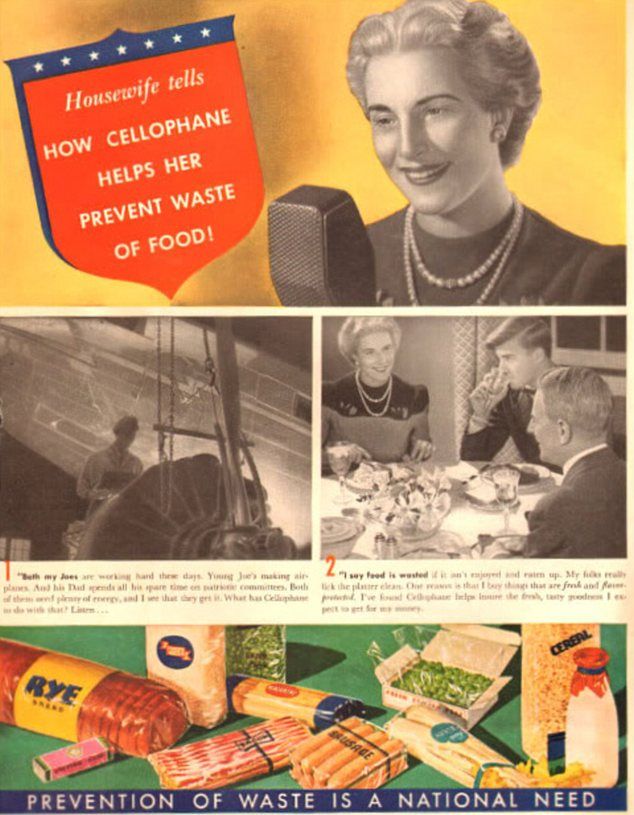
For decades we were misinformed or not informed at all about the health hazards deriving from the use of plastic in our day-to-day life. I stumbled across a website that actually praised the benefits of plastic, and they go as far as stating: “Plastics help in reducing food and packaging waste, support fuel efficiency in our vehicles, allowing us to do more with less energy. Apparently, “Every day, plastics help us lower our environmental impact in dramatic ways.” Their case study was Planters Peanuts which went from glass to Plastic jars.
As far as I could tell, the advantages were 84% less packaging than glass jars by weight. So it would result in a 25 percent reduction in trucks on the road to ship than the same amount of nuts in glass jars, along with saving millions of pounds in shipping materials.
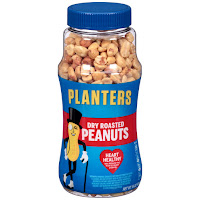
If you are concerned about the collateral effects of plastic in your life:
NPR reports that most plastics “from sippy cups to food wraps” release a hormone similar to estrogen. We already know about BPA in plastics and also canned goods.
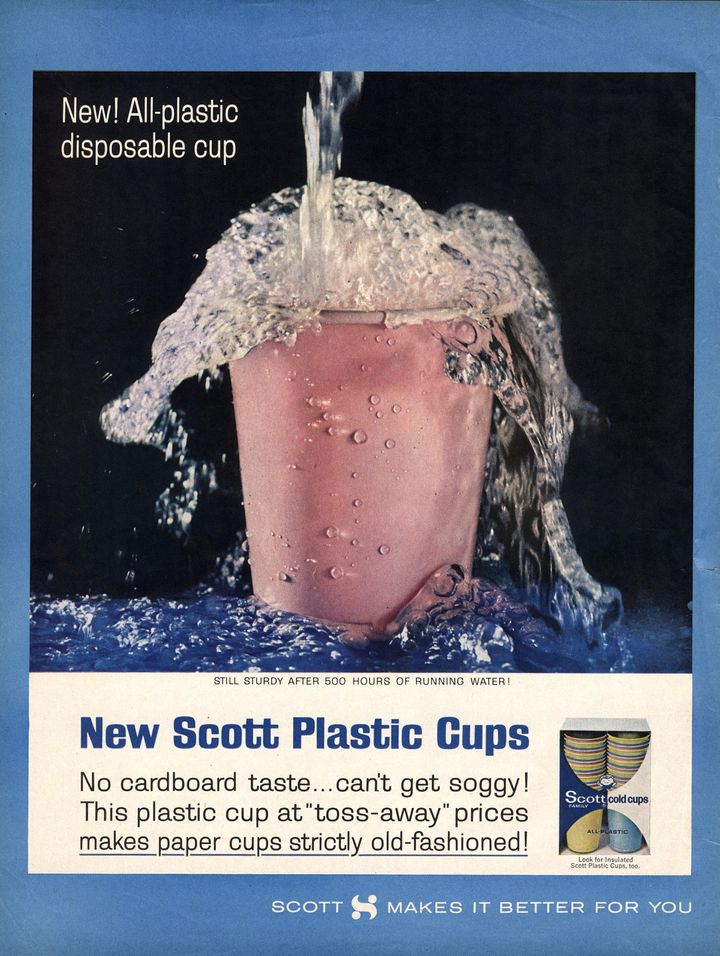
The European chemicals agency (ECHA) identified Bisphenol A (BPA) as a substance of very high concern (SVHC).
On 16 June 2017, ECHA’s member state committee (MSC) unanimously voted to support a French proposal to additionally identify Bisphenol A as an SVHC because of “its endocrine disrupting properties which cause probable serious effects to human health.
The substance was originally developed as a synthetic mimic of the female sex hormone estrogen. But today, BPA-derived plastics are generally used in an extensive range of products, including CDs and DVDs, personal computers, medical devices, and food and drink containers. (more)
So aside from harming the environment, we are also putting our health at risk every day, increasing the likelihood of birth defects and a myriad of health complications.
Can we live without plastic?
Personally, I love glass, and as an artist, I work with glass. Pyrex is a viable solution for storing and baking foods. Each and every one of us can help. I don’t do take-out if they use plastic. If enough people did the same? I spoke to my local grocery store about not packaging all veggies and fruit in plastic trays. Why should I buy 6 zucchinis if I only need 2 anyways?
Realistically speaking, if humanity is to persist very far into the twenty-first century, we will need the help of sophisticated genetic engineering to deal with the huge piles of plastic trash we keep producing and to avoid regressing to primitive hunter-gatherer societies.
Plastic is a useful material, but it also poses a serious threat to our environment and health. It takes hundreds of years to decompose, and it releases harmful chemicals into the soil and water. It also harms wildlife, who mistake it for food or get entangled in it. We cannot rely on genetic engineering alone to solve this problem. We also need to reduce our consumption of plastic, reuse what we can, and recycle what we cannot. This is the only way to ensure a sustainable future for ourselves and the planet. Please join me in taking action today to reduce plastic waste and protect our environment.
A HISTORY OF PLASTIC
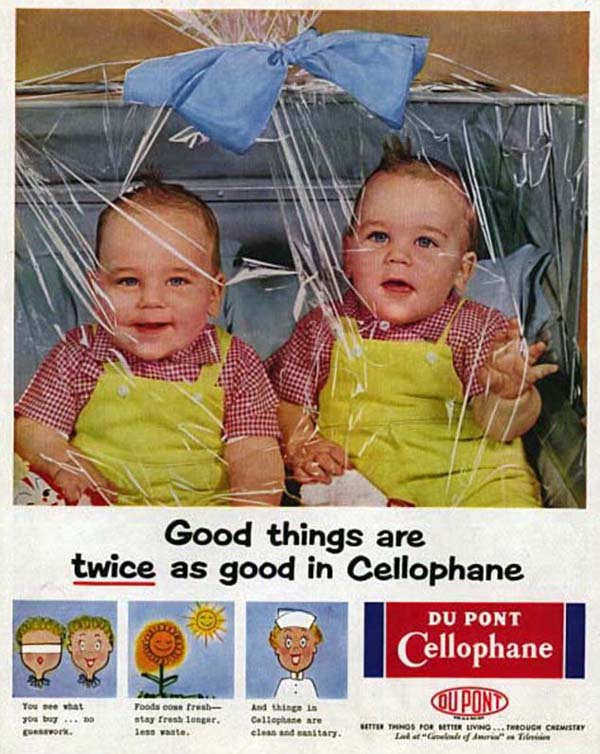
In the 1900s, Swiss textile engineer Dr. Jacques Edwin Brandenberger created Cellophane, a clear layer of packaging for any product – the first fully flexible, water-impermeable wrap.
1930 Richard Drew, a young 3M engineer, invented Scotch® Cellulose Tape. Later to be renamed Cellophane Tape, it was an attractive way for grocers and bakers to seal packages.
1933 Ralph Wiley accidentally discovered Polyvinylidene chloride which became known as Saran TM. Plastic was first used to protect military equipment and later for food packaging.
DuPont introduced neoprene synthetic rubber in 1931 and nylon in 1938. Some of the better-known synthetic materials developed by DuPont include Lucite, Teflon, Lycra, Orlon, Mylar, Kevlar, Tyvek, and Dacron polyester. As the firm’s product lines changed, so did its corporate management.
1946 Tupperware was developed in the USA by Earl Silas Tupper. As a sponsor of the popular “What’s My Line” television show, Stopette triggered an explosion in the use of plastic bottles.
1950 The familiar black or green plastic garbage bag (made from polyethylene) was invented by Canadians Harry Wasylyk and Larry Hansen.
1954 Robert W. Vergobbi patented zipper storage bags. Minigrip licensed them, intending to use them as pencil bags. But it became apparent that the bags could do much more, and Ziploc® bags were introduced in 1968 as food storage bags. The first baggies and sandwich bags on a roll were introduced
1959 Wisconsin manufacturer Geuder, Paeschke, and Frey produced the first licensed character lunch box: a lithographed Mickey Mouse on an oval tin with a pull-out tray inside. Plastic was used for the handle and then for the entire box starting in the 1960s.
1960 Engineers Alfred Fielding and Marc Chavannes created Bubble Wrap® at their company, aptly named Sealed Air Corporation.
1986 In the mid-1950s, Swanson® TV Dinners capitalized on two post-war trends: the popularity of time-saving devices and fascination with the television (more than 10 million TV dinners were sold during the first year of national distribution). The aluminum trays were replaced with plastic, microwavable trays in 1986.
1988 The Society of the Plastics Industry introduced a voluntary resin identification coding system that provides a consistent system for identifying plastic resins used in packaging containers.
1996 Salad-in-a-bag packaging (metallocene-catalyzed polyolefins) was introduced, helping to reduce food waste and making it easier to purchase fresh produce.
2000 Flexible plastic tubes for yogurt became available, making it possible to enjoy a tasty, calcium-rich snack on the go.
Polylactic acid (PLA) made from corn is introduced to the packaging market, bringing back bio-based plastic to packaging.
2010 MetallyteTM films were introduced to help keep sharp contents (coffee beans, grains, noodles, croutons) fresher by reducing packaging tears. The new films are also lighter than foil-based designs.
